Masters of Photography Vol. 13 – Australians is now available and we are already on to the next one. This time, Fashion Industry Broadcast goes global. From Seoul to Berlin, “Masters of Photography Vol. 52 – Next Gen” is a carefully-curated selection of emerging artists who we think might be the next big thing. This art book will feature an amazing selection of their work, as well as thought-provoking interviews.
Every week, we will introduce you to one of these new talents. Today, we take you to The City That Never Sleeps to meet fashion and portrait photographer Sam Nixon.
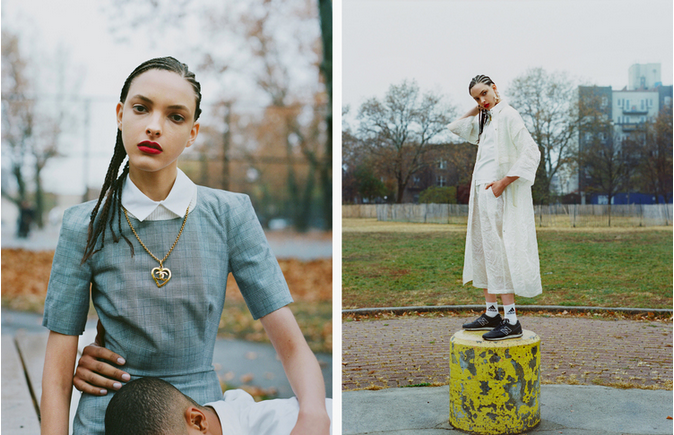
How would you describe your style?
I would describe my style as unforced and easy. I hope the pictures are engaging, natural and relevant.
How and when did you decide to become a professional photographer?
My father is a photographer and I grew up with a darkroom in the house, cameras around and photography books on the shelves. Initially my inspiration came from my upbringing and surroundings. But it wasn’t until 2005, when a friend of mine started to take nice pictures with a ‘real camera’, that I truly started. I thought “Hey I’m the one that takes pretty pictures in this circle!” It was envy, plain and simple. I never realized that photography could be a proper career until I saw him shooting.
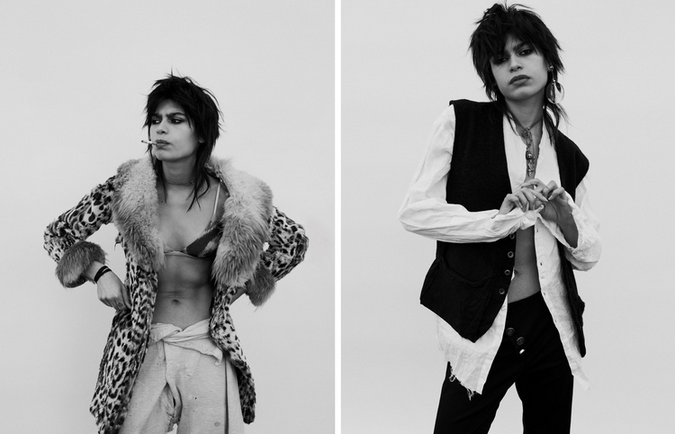
Where do you find inspiration?
All over! It could be a person, an interesting face, a group of kids, a painting, architecture, films – lots of films! I love taking screenshots of scenes as I watch a movie. Some days it could be the fact that I want to get out of the house and see something. It could be Instagram or the pictures of the week on The Guardian Newspaper – anything.
Who are your favourite photographers of all time and why are they so special to you?
I’ve always loved William Eggleston. I loved the fact that he would just go out walking and snapping things and he’d only take one frame of his subject. Bruce Webber and Alastair McClellan have been great influences – simple, beautiful imagery; their colours are brilliant. Bruce Davidson captures fantastic moments in people too.
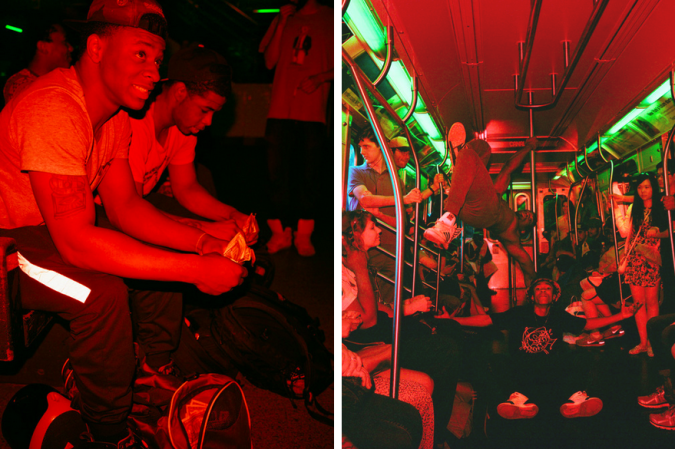
This art book features photographers from the entire world and each of them has a very specific identity. How do you think your geographic location affects your work?
I’m from New Zealand but I live in New York City. I think growing up in New Zealand made me slightly disinterested in typical picturesque landscapes as I used to see them all the time. I wanted to see dirty old metropolises and weird, interesting people. I found these elements in London and New York, and I include the characters in my portrait work a lot. Here, in New York, I’m surrounded by artists and photographers who are really hustling to survive: everyone works very hard. It’s not a necessarily healthy lifestyle but it’s home now. There are a lot of inspirational people and places in every neighbourhood in this city, you just can’t escape them.
If you could move to any city in the world, where would you like to live and work as a photographer?
I like it here in New York for the time being, but there are so many places that I would love to live in and explore for a year or so: Tokyo, Berlin, Mumbai, Los Angeles and many more.
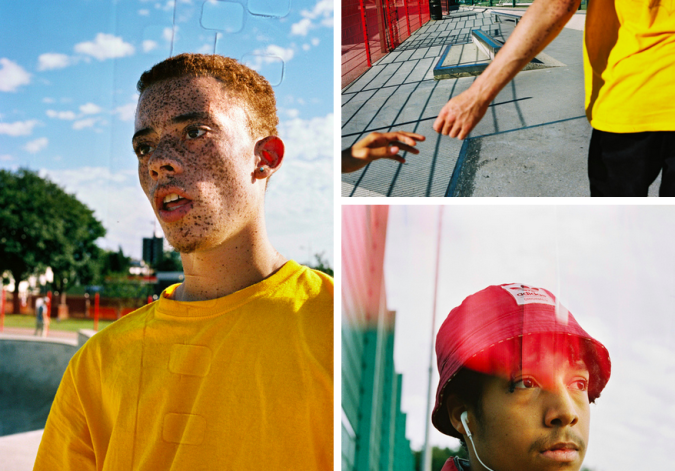
What are you five dream locations to shoot?
South Island New Zealand, Iceland, Zimbabwe, Patagonia and Vietnam.
How would you describe the photography industry in your country? What are the chances for a young artist to ‘make it’ and become global?
I think it’s a tough industry and it’s saturated with talent. Any young photographer really needs to have new point of view; something unique to offer. There is more talent than there are jobs!
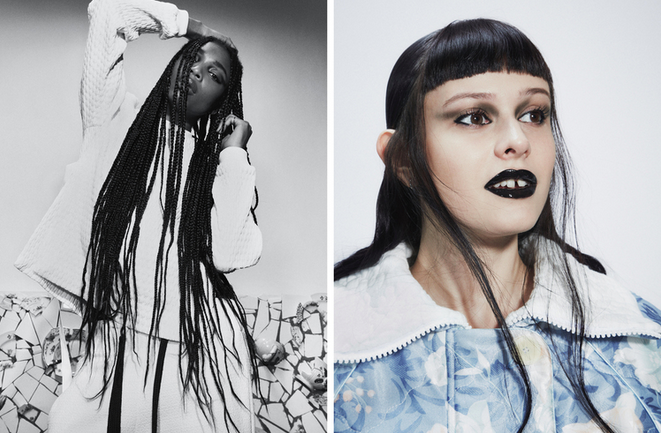
As a young photographer, you have been part of a big switch in the industry. Indeed, photography today is much more democratised than a few decades ago. Everyone can have access to retouching programs, publishing sites and good cameras. What are your thoughts on the evolution of the industry and the impact it has on your work?
Yes, the tools are cheap and accessible so many more people can pick up a camera and take a picture than before. Although it is interesting to see that most young photographers are shooting film again. I think they’re trying to take a step away from what is most economical. It is less about technology than it is about what you are saying and the quality of your picture. There is still a big difference between amateur and professional.
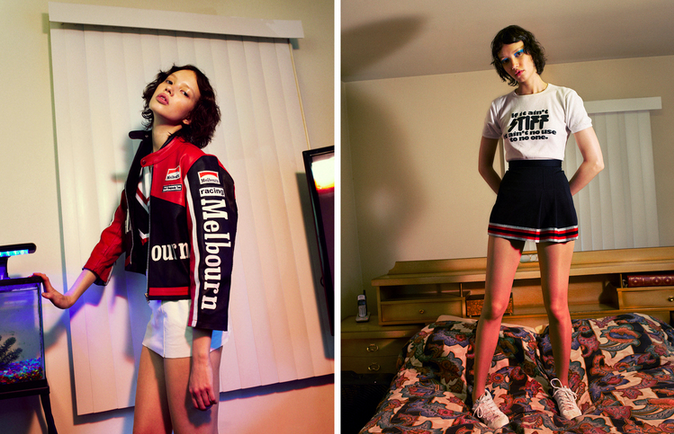
A lot of young photographers got discovered thanks to their Tumblr or Instagram account. What is your relationship with social media platforms?
The impact of social media on the photography industry is undeniable. It has changed the game, and not necessarily for the better, but life is change and we have to adapt. It’s great to see inspiration and tremendous access to work and pictures, although it’s so commercially driven too. On the one hand, artists can use social media as a sort of gallery and reach out easily to fans and friends. On the other hand, people are hired and fired because of the amount of followers they have and not necessarily the quality of their work. I want to hate it, but it’s an integral part of the process now.
Post manipulation has been long debated, especially in commercial and fashion photography. How much do you retouch your images and what is your opinion on the whole body image debate?
When I shoot film I don’t retouch much at all because the colours already look nice. Digital needs much more work as far as colour and look are concerned. In regards to skin and body shape, I try to keep it as natural as possible. One bright side to the argument is the current trend in ‘street casting’ talent. Unique and interesting ‘real’ people are much more sought after today as talents. People can be themselves more than ever in fashion, and that’s a great thing! Of course there is still much more progress to be made… All bodies are beautiful!






